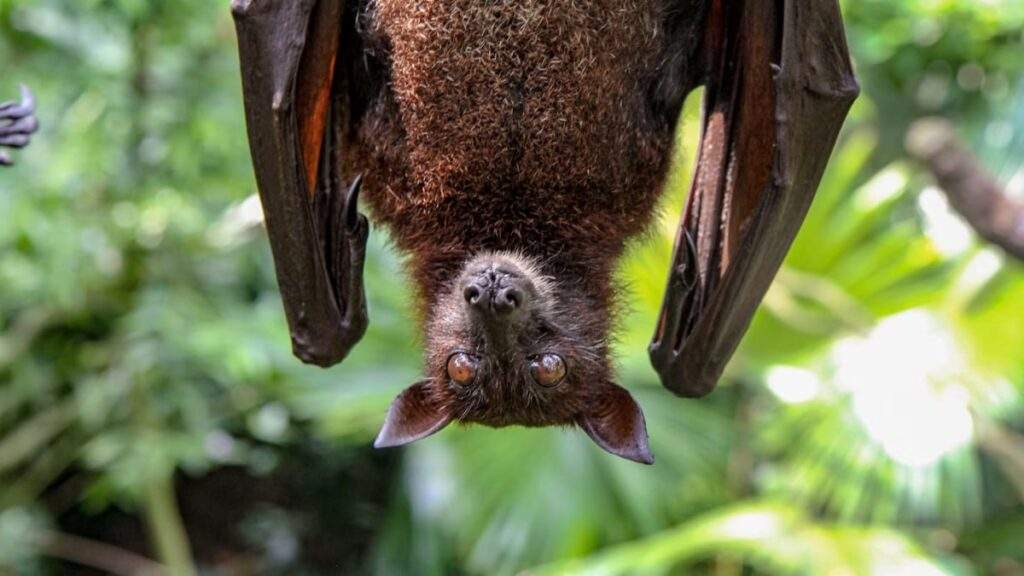Bat Populations’ Decimation Leads to Rise in Pesticide Use, Infant Mortality
In 2006, white-nose syndrome, a fungal disease, began wreaking havoc on bat populations across New England. A decade-long decline in bat numbers has now been linked to devastating consequences for both agriculture and human health, according to a recent study. The study reveals that with fewer bats to devour insects, farmers have increasingly turned to pesticides, leading to a 31 percent surge in insecticide use. This increased pesticide use has, in turn, been linked to an alarming 8 percent rise in infant mortality in affected areas.
The impact on human health is a direct consequence of bats’ crucial role in natural pest control. Some species consume up to 40 percent of their body weight in insects each night. Researchers, led by University of Chicago economist Eyal Frank, noted that when bat populations declined, farmers responded by boosting insecticide use to compensate for the loss. The additional pesticide application grew by approximately 2 kilograms per square kilometer over a five-year period, with fungicide and herbicide use remaining steady.
A disturbing correlation was discovered between the increased pesticide use and a surge in infant mortality, primarily attributed to birth defects or disease-related deaths. Conversely, accidents and homicides did not exhibit a similar uptick. "This finding is a significant revelation," commented Winifred Frick, chief scientist at Bat Conservation International. Tracey Woodruff, an environmental health scientist at the University of California San Francisco, reiterated the connection between pesticides and infant health risks, noting similar findings in previous air pollution studies.
While conservation efforts are underway to help bat populations recover, a long road to recovery is expected. Decades may pass before bat numbers reach their pre-white-nose syndrome levels. Conservation measures include attracting insects to hibernation sites and improving roosting conditions to aid recovery.
The far-reaching implications of this research underscore the critical importance of preserving and protecting bat populations. By safeguarding these vital natural pest controllers, we can mitigate the impact on both agriculture and human health, ultimately ensuring a healthier, more sustainable world for all.
